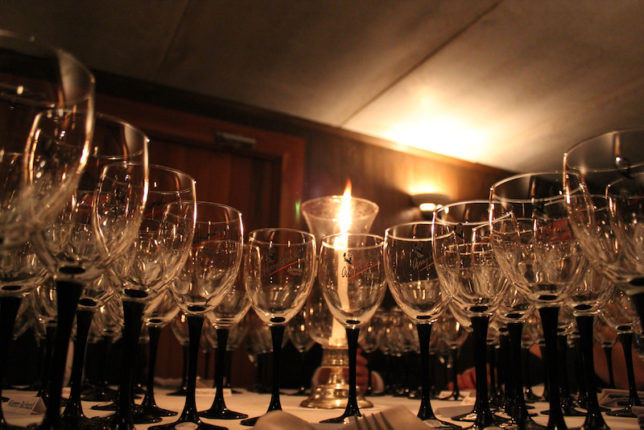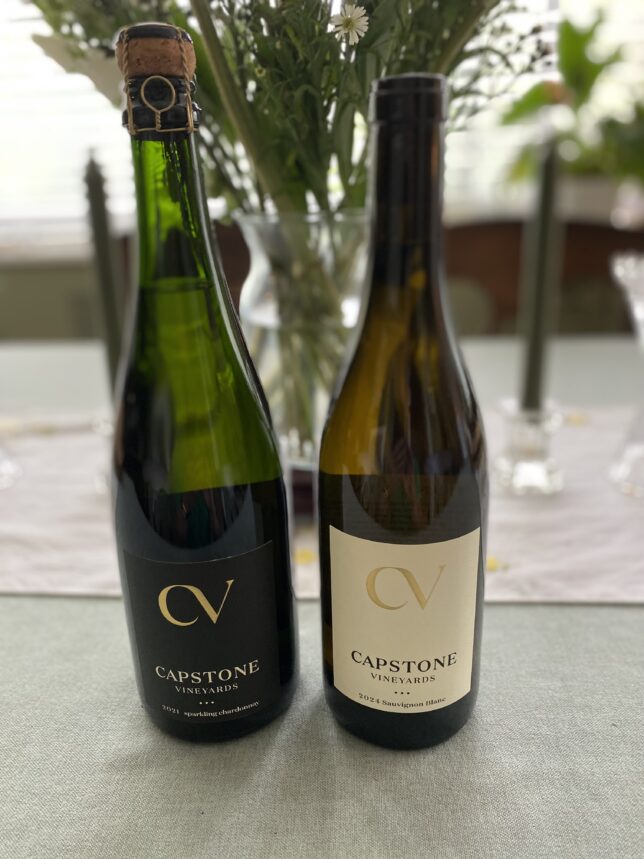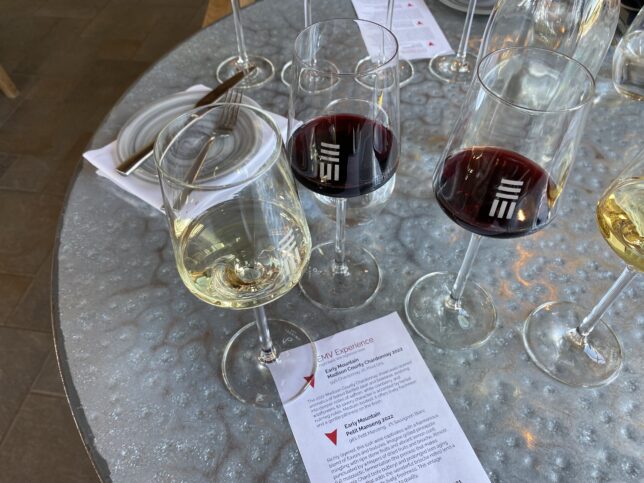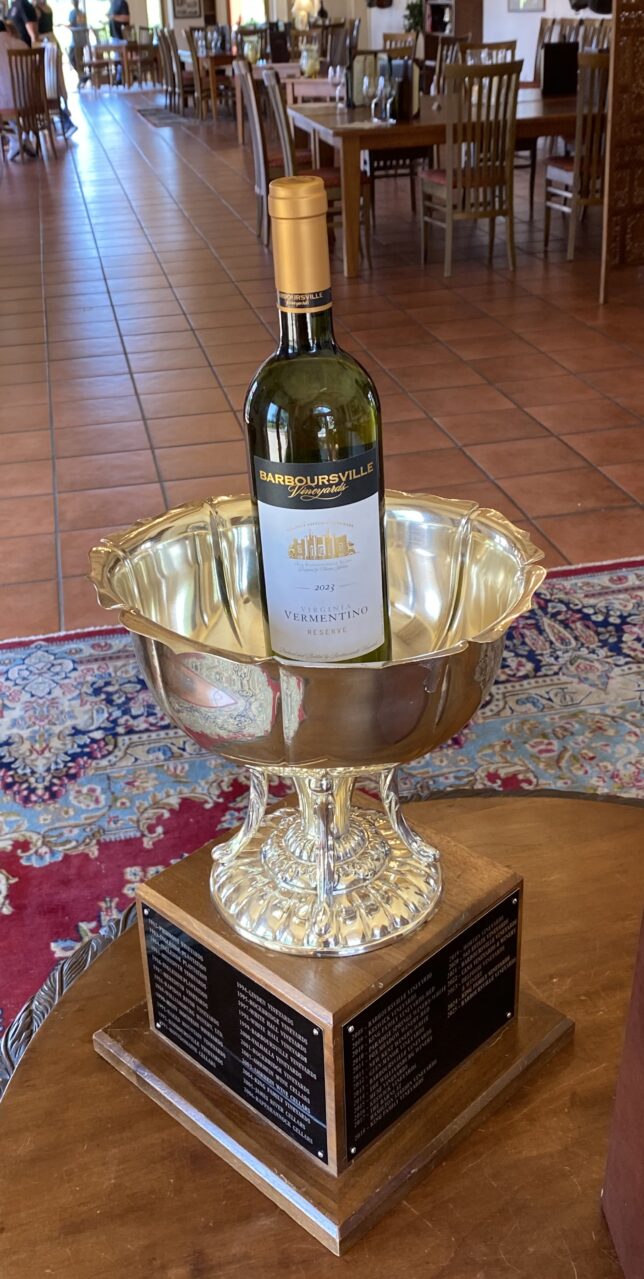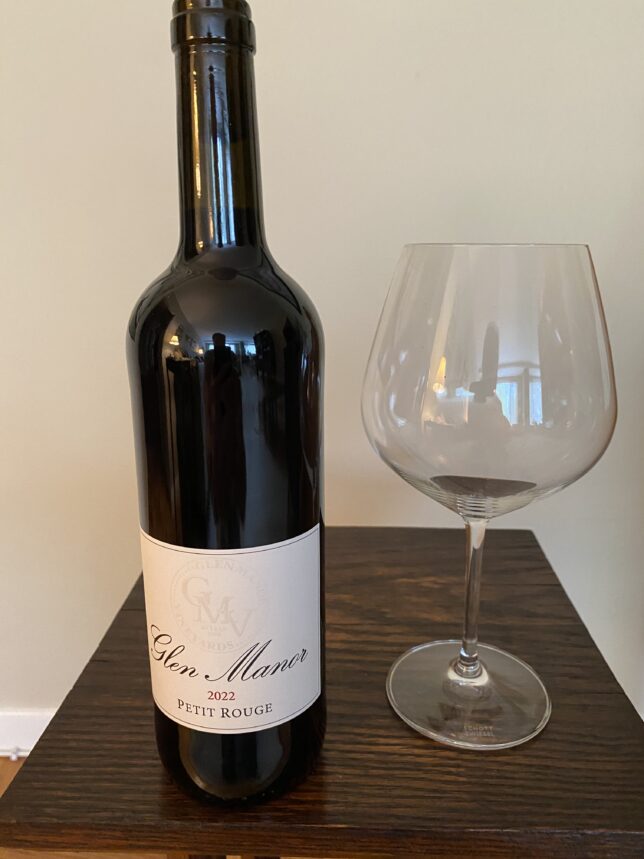Wine enthusiasts are probably familiar with the drink or hold concept. The popular Wine Spectator magazine features drink or hold charts monthly to alert readers whether vintages from particular wine regions are ready to drink now or held (cellared) for extended periods. When we began our travels about Virginia wine country over nineteen years ago, most Virginia wines, particularly reds, were probably ones to drink at the moment. However, an influx of better winemakers and even better vineyard practices now allows us to consider drinking or holding Virginia wines crafted from exceptional vintages like other wine regions in Europe and the United States.
We interviewed five winemakers from five different regions in Virginia to get their answers to the questions surrounding the call to either drink or hold. They include Lee Hartman of Bluestone Vineyards, Jon Wehner of Chatham Vineyards, Melanie Natoli of Cana Vineyards, Stephen Bernard of Mountain and Vine Vineyards and Winery, and Justin Rose of Rosemont Vineyards.

Drink or Hold Questions:
1. Which red grape varieties grown in your AVA lend themselves to aging potential? Do white varieties also have the ability to age well? If so, what are they?
Acidity, tannins, and alcohol determine a red wine’s ability to age well. A brief primer on these elements may read like this: 1) the higher the acidity, the longer a wine can age; 2) higher tannins provide firmness and structure to carry a wine over time; and 3) “hot” alcohol levels quickly overtake fading fruit so lower alcohol levels are preferred. A balance of these elements produces red wine that can age well. We frequently hear from winemakers that good wine is made in the vineyard, which means that proper vineyard management and Mother Nature both play a role in whether these components of cellaring wine are attainable. Unlike Napa Valley in California, Virginia’s wine-producing regions are a collection of micro-climates with varying temperatures, rainfall amounts, elevations, etc., affecting fruit quality and acidity levels, tannins, and alcohol. Lee Hartman posited that in his region, “the Shenandoahs are unique in their location between the Blue Ridge and Alleghenies.” Therefore, the higher elevation and protection from precipitation plus cooler temperatures allowed him to craft wine with brighter acidity and, thus, aging potential. Other wine regions in the state benefit from their unique locations, so it is always advisable to chat with a winemaker or tasting room associate about a winery’s particular microclimate.
So, how did our winemakers vote on the question of red wine grapes in Virginia and their aging potential? Petit Verdot earned the top votes for the grape variety that best lends itself to aging potential due primarily to its heavy tannins. Red blends garnered several mentions, especially if merlot and petit verdot are part of the mix. (Readers may already know Bordeaux as a wine region known for its age-worthy red blends.). Justin Rose noted that sometimes Merlot produces age-worthy wines; Jon Wehner confirmed that a 2002 Merlot from Chatham, though at its peak, still held its own. Rose also tossed Tannat into the ring, while Lee Hartman added Chambourcin to the list due to its high acidity.
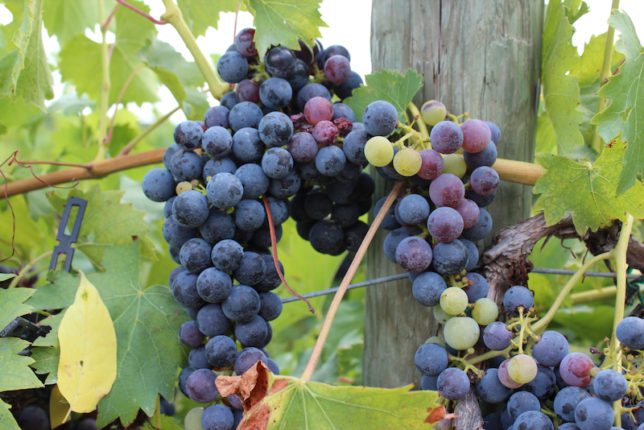
White wines can undoubtedly be aged, too, whether they hale from European regions, California, or Virginia. Most of our winemakers gave the nod to Chardonnay, with Jon Wehner giving a 5-7year window for oaked Chardonnay. Bernard cautioned, though, that heavily oaked chardonnays can produce a broader style that, along with higher alcohol levels, does not age well. However, Melanie Natoli sang the praises of Petit Manseng, as did Lee Hartman, and Natoli declared that aged Petit Manseng had the potential to shine as well as aged Rieslings. Justin Rose suggested the hybrid Chardonel grape as another candidate with the best vintages providing a 5 to 6-year window for aging.
2. Research indicates that very few wine consumers “hold” or age wines. With this in mind, do you advise consumers, especially those tasting in the tasting room, to “hold” certain vintages? What feedback have you gotten from consumers once they have opened a bottle from a particular vintage “hold”? Are there any pleasant surprises from consumers who held on to a “drink now” vintage such as 2018?
Our panel of winemakers subscribed to my philosophy: multiple purchases during exceptional vintages and then drink one now, another at a mid-point, and another at its peak time in the bottle. (Lee Hartman refers to the last bottle of this strategy as the “cellar defender.”) Most Virginia wines are purchased at a tasting room rather than a wine shop, so our winemakers are at an advantage to suggest cellaring during stellar vintages such as 2019. Melanie Natoli releases red wines at Cana once they have had enough time to age in the bottle first, so “I’m releasing at a drink or hold time, not just hold {time}. However, Stephen Bernard pointed out that this decision boils down to consumer preferences, especially since they are tasting wines in the tasting room and have already made decisions regarding preferences and perhaps even cellaring. Those who prefer young wines will do so, while others who prefer savory nuances will cellar.
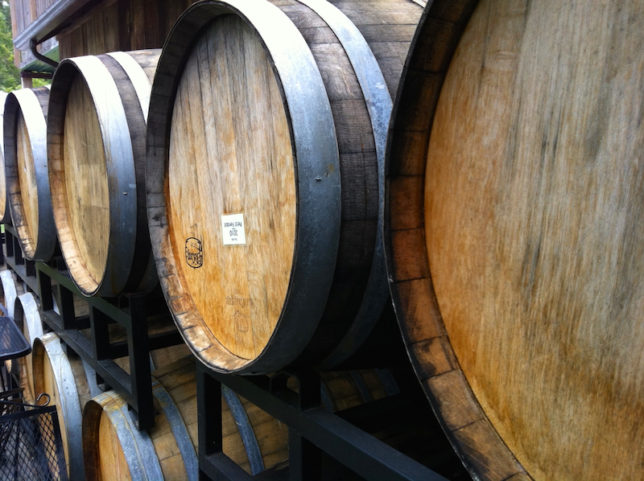
3. What are the risks of “holding” wines even from the best vintages?
The resounding answer to this question was “disappointment.” Jon Wehner cautioned that cellaring ultimately leads to a loss of bright fruit and acidity that gives way to complexity, spiciness, and smoothness. Melanie Natoli added that this process is due to the dynamic nature of wine that is constantly evolving, and for her, aged wines that lack acidity seem “tired.” Our winemakers also agreed that storage habits can contribute to the downfall of even the best vintages. For example, storing wines in the kitchen and above the refrigerator is a deadly practice. Do you want to protect that “cellar defender”? Be aware of best practices for cellaring to be sure that the last drop will bring smiles rather than tears.
4. Do natural corks have an advantage over synthetic corks or screw caps regarding aging/holding?
The answers from the winemakers on this question varied. All agreed that natural cork leads to greater risk due to inconsistency if cellaring exceptional vintages is the goal. Cork taint cannot be decanted away, and crumbling corks, which have tasters fishing cork particles out of their wine glasses, are two possible hazards of aged wines enclosed with natural cork. Jon Wehner has moved away from natural cork in favor of a composite product from Nomacork, while Lee Hartman is switching to agglomerated corks. While Justin Rose has been generally pleased with synthetic corks, he will return to high-grade natural cork for reserve wines. Melanie Natoli cited fears that synthetic corks will age a wine much faster and prefers natural cork. Likewise, Stephen Bernard prefers tried and time-tested natural cork and noted advancements in TCA-free corks such as Diam.
The crunch of screw caps is increasingly replacing the familiar pop of corks being released from wine bottles, but these closures cannot transfer oxygen that allows wines to age well. However, Melanie Natoli noted that Cana’s 2015 Albarino and Petit Manseng, both screw-capped, were still holding up quite well. Lee Hartman and Stephen Barnard both favor screw cap closures for wines meant to be enjoyed while young, especially brighter, fruitier white wines.
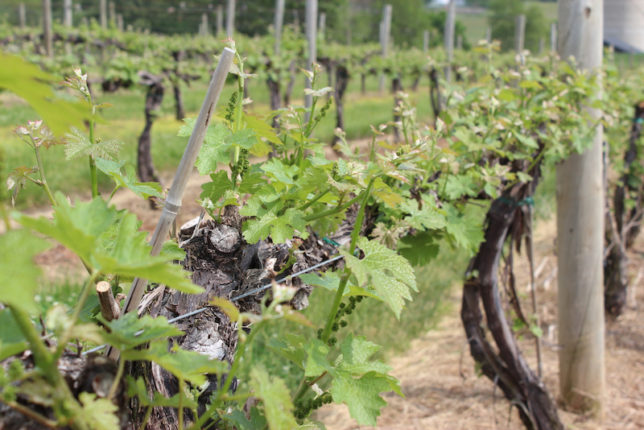
5. Do you tend to drink wine early or hold it if possible? Explain.
So, what were the preferences of our winemakers? Jon Wehner and Justin Rose prefer to hold exceptional vintages. Although Stephen Bernard generally enjoys wines early, as a winemaker, he cellars wine to taste and then provides feedback to himself and his customers. Melanie Natoli drinks and holds depending on the vintage and the producer. Like her colleague, Stephen Bernard, she maintains a cellar of every Cana vintage to taste over time and learn. Lee Hartman and his wife are in two camps. Lee enjoys younger wines that are fresh and lively, but his wife would instead enjoy older wines as they peak and become more complex. For those in a similar situation, Lee Hartman suggests decanting a young wine and allowing it to breathe for a while. Still too tight? Store it properly and enjoy the next night. Our winemakers all agreed that appreciating wine, regardless of age, should be a fun experience to share with others.
In the end, wine should be enjoyed whenever the consumer wants to. Lee Hartman cautioned against overthinking the whole matter, aptly stating, “There’s a time for Barolo and a time for Nouveau…” We concur with this statement. While collecting exceptional wines from anywhere is fun, the bottom line should be enjoyment without judgment.
Below is a general consensus on how our winemakers rated vintages from 2019 through 2022.
2019-Very Good-Hold up to 2030
2020-Average-Drink/Hold up to 2026
2021-Good to Very Good-Hold (when released) potentially to 2030
2022-Very Good-Hold (when bottled and released) potentially to 2035
2023? Make room on your wine racks when this vintage is bottled and released, as all of our winemakers described this vintage as a potential blockbuster.
We thank all of the winemakers who participated in this survey. We know their time is precious. Please plan to visit the winemakers and wineries mentioned in this article and engage them in a conversation about vintages, aging, and all things that make tasting their wines a memorable experience. Please mention that Virginia Wine Time sent you!
